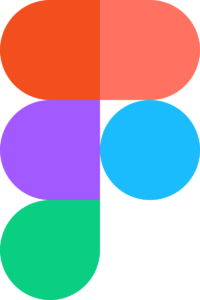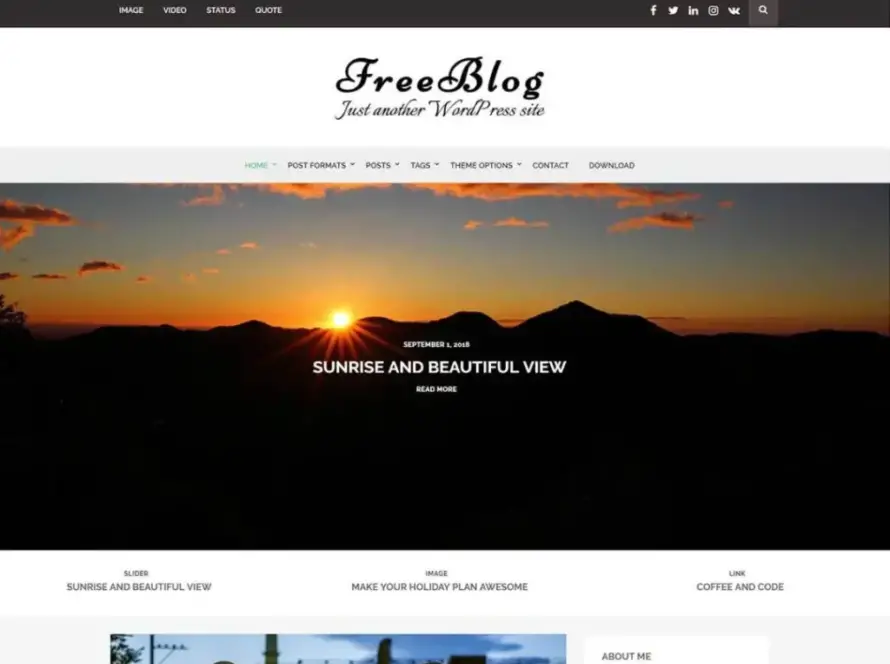Introduction:
As a Figma designer, you’re always on the lookout for tools that can streamline your design process and help you create visually appealing and functional designs. One such tool that has gained immense popularity in recent years is Figma Design. In this comprehensive guide, we’ll explore the benefits of Figma Design and why it’s a must-have tool for designers.
What is Figma Design?
Figma Design is a web-based design tool that allows designers to create user interfaces, web designs, and prototypes. It was developed in 2012 by Dylan Field and Evan Wallace and has gained immense popularity in recent years due to its ease of use and collaboration features. With Figma, designers can create designs that are both visually appealing and functional, all within a single platform. It is an excellent tool for creating designs that accurately represent the functionality of the design, allowing for testing and feedback before moving forward with development. It is a must-have tool for designers looking to streamline their design process and create visually appealing and functional designs.
Benefits of Figma Design
- ItDesign has become a popular tool among designers in recent years due to its ease of use, collaboration features, and its ability to create visually appealing and function

figma al designs. Let’s explore the benefits of Figma Design in more detail.
- Collaboration: One of the primary benefits ofIt is its collaboration features. With Figma, designers can work on designs in real-time with team members and clients, making it easy to get feedback and make changes quickly. The collaboration features in Figma also allow for seamless handoff between designers and developers, improving the overall design process. The ability to work together on the same project at the same time makes it easier for designers to get feedback and collaborate on design decisions, ultimately leading to a better end product.
- Prototyping:It also allows designers to create interactive prototypes quickly and efficiently. With a variety of tools and features, designers can create prototypes that accurately represent the functionality of their designs, allowing for testing and feedback before moving forward with development. Figma’s prototyping tools are intuitive and easy to use, making it simple for designers to create prototypes that meet their design goals.
- User Interface Design:It is an excellent tool for creating user interfaces. With a variety of design elements and features, designers can create visually appealing and functional interfaces that meet the needs of the user and the overall design aesthetic. Figma’s UI design tools allow designers to create designs that are both intuitive and aesthetically pleasing, improving the overall user experience.
- Web Design:It is also an excellent tool for creating web designs. With the ability to create responsive designs that adapt to different screen sizes and devices, designers can create designs that are both visually appealing and functional across different devices. Figma’s web design tools make it easy to create designs that are optimized for the web, with features like CSS export and the ability to create responsive designs for different screen sizes.
- Ease of Use: Another key benefit of It is its ease of use. With an intuitive interface and a variety of tools and features, designers can quickly and efficiently create designs that accurately represent the functionality of their designs. Figma’s drag-and-drop interface and easy-to-use design tools make it easy for designers to create designs that meet their design goals without having to spend hours learning how to use the tool.
How to Get Started with Figma Design

Figma Design is a popular web-based design tool that is widely used by designers for creating user interfaces, web designs, and prototypes. If you’re new to Figma and want to get started, here are some tips to help you get started with Figma Design.
- Create an account: The first step to getting started with It is to create an account. You can sign up for a free account or a paid account depending on your needs. Once you have created an account, you can start exploring the various features and tools available in Figma.
- Familiarize yourself with the interface: Figma’s interface is intuitive and easy to use. Spend some time familiarizing yourself with the different elements of the interface, including the layers panel, the properties panel, and the design canvas. This will help you navigate the tool more efficiently and create designs that meet your design goals.
- Start with a tutorial: If you’re new to Figma, starting with a tutorial is a great way to learn the basics. Figma offers a variety of tutorials that cover everything from the basics of the tool to more advanced features. These tutorials are a great way to learn the tool and get started with designing in Figma.
- Practice with simple designs: Once you have familiarized yourself with the interface and completed some tutorials, start practicing with simple designs. This will help you get comfortable with the tools and features available in Figma and start building your design skills.
- Collaborate with others: Figma’s collaboration features are one of its key strengths. Collaborating with other designers, developers, and stakeholders can help you get feedback on your designs and improve your overall design process. Use Figma’s collaboration features to share your designs with others and get feedback on your work.
- Use plugins and integrations:It offers a variety of plugins and integrations that can help you streamline your design process. Explore the Figma plugin marketplace and integrations with other tools like Slack and Trello to find tools that can help you work more efficiently.
- Keep learning:It is a powerful tool with many features and capabilities. To get the most out of the tool, it’s important to keep learning and exploring new features. Stay up-to-date with new features and best practices by reading articles and tutorials, attending webinars and conferences, and connecting with other designers in the Figma community.
- https://softagency.in


